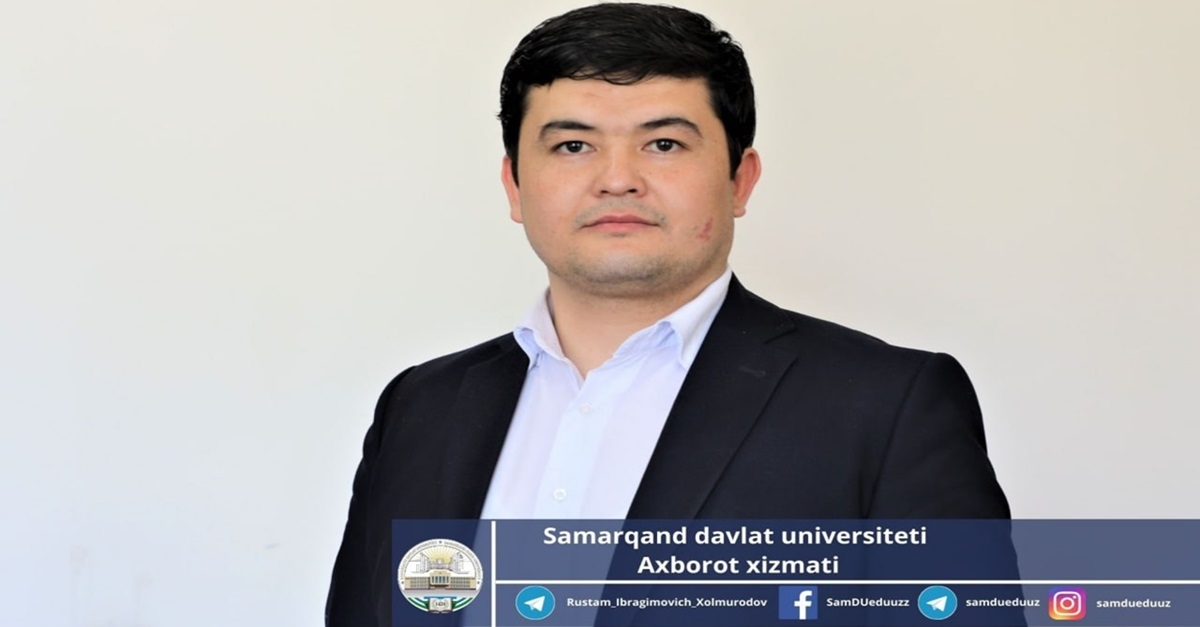Study: Traffic congestion estimated based on video data...

Buned Eshtemirov is a doctoral student at the Department of Artificial Intelligence and Information Systems at Samarkand State University. Under the leadership of SamSU Vice-Rector for International Cooperation, Professor Akmal Akhatov, he is conducting research on the topic “Assessing traffic jams based on video data.”
About 40 articles by the researcher have been published in international journals and conference proceedings in countries such as the USA, Germany, Russia, India, Hungary, China, and Japan. The journal, included in the Scopus and Web of Science databases, published 5 articles.
Holds a National English Proficiency Certificate B2. Laureate of the Mirzo Ulugbek state scholarship. Winner of the “Leader of Innovative Ideas” badge. Has more than 10 certificates from the Ministry of Justice in the field of information technology.
“The topic of algorithms for assessing vehicle movement based on video image data is very relevant in various fields, especially in the field of transport, surveillance and traffic management,” says Bunyod Eshtemirov. - These algorithms play a critical role in understanding and analyzing vehicle behavior. It has many practical applications and implications. The goals and objectives of video-based vehicle traffic estimation are multifaceted and serve various purposes in traffic management, urban planning, and intelligent transportation systems. One of the main tasks is to analyze and understand the flow of vehicles. This includes assessing traffic volume, vehicle speed, traffic patterns and congestion levels. Video-based vehicle motion estimation helps in traffic detection and monitoring. The goal is to identify areas or road segments where traffic is significantly slowed or stopped due to high traffic volumes, accidents, or other factors. Analysis of video data allows you to evaluate road safety parameters. This includes monitoring and analyzing driver behavior, identifying traffic violations (e.g., running red lights, illegal overtaking) and potential safety hazards. The goal is to improve road safety by identifying high-risk areas, taking targeted measures and enforcing traffic rules. Video assessment helps develop intelligent transportation systems. By integrating video data analysis with other sensor data, traffic control centers can optimize traffic signal timing, more effectively manage traffic incidents, and provide motorists with real-time information about road conditions and alternative routes. The goal is to improve the overall efficiency, safety and sustainability of transport systems...
Overall, the goals and objectives of video-based vehicle traffic assessment are to improve traffic flow, manage congestion, enhance safety, enable intelligent transportation systems, provide information for transportation planning, and stimulate research and innovation in transportation engineering.
Information service of
Samarkand State University.

